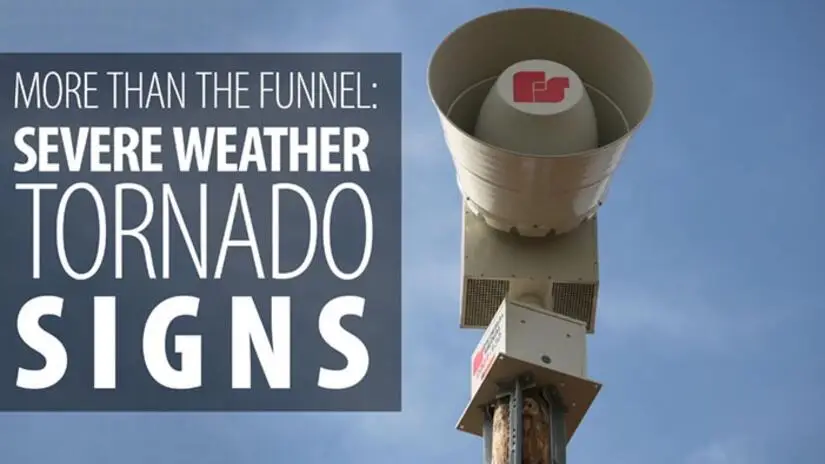
Tornadoes, well-known for the catastrophic destruction they can wreak, aren’t the only cause of storm-related weather damage. If your area has recently been issued a tornado warning or watch, in addition to being on the lookout for a funnel cloud, you must also be aware of other potentially damaging weather.
Warning Signs of Severe Weather
In the event of a thunderstorm, the occurrence of at least one of these events signifies a severe thunderstorm warning – and a potential tornado warning or watch if conditions worsen:
- Hail
At least an inch – quarter sized – or larger. (Some hail can be larger than a softball!) - Wind
Gusts in excess of 58 mph or more, which can do damage in and of themselves. - Tornadoes
Tornado warning signs include a greenish/black sky, large hail in absence of rain, heavy rain/hail followed by dead calm or an intense wind shift, and a loud continuous rumble that doesn’t fade like thunder.
Additional Weather Risks Occurring During Storms
In addition to the hail, winds and tornadoes indicative of a severe thunderstorm, other storm components can also result in serious destruction:
- Lighting
Every thunderstorm produces lighting, which is why it’s not listed above as an indicator of severe weather. That does not mean it is not dangerous, however. Lightning causes more than $1 billion in insured losses annually and an average of 55-60 fatalities and 400 injuries each year. If you hear thunder or see lightning, head indoors immediately! - Straight-Line winds
These winds are not associated with those of a tornado, but can pack the same destructive punch with a downburst. Responsible for most storm-related wind damage, straight-line winds can exceed 125 mph and level trees. - Floods
Floods and flash floods resulting from heavy or excessive rain are the #1 cause of death associated with thunderstorms, causing more than 90 fatalities annually.
Preparation Tips for Severe Weather
Each year people die or are seriously injured because they failed to heed severe weather warnings. Don’t be a statistic. If a tornado warning or severe weather alert is called for your area – take note, immediately preparing your family and home.
- Have a plan.
You and your family should know in advance where to go to stay safe and how long it will take to get there. - Postpone activities…
When severe weather is expected. - Stay tuned.
Listen to your NOAA Weather Radio, commercial radio or TV newscasts to remain informed. - Get the 4-1-1.
Make yourself aware of the different emergency alerts in your area, what they mean, and where to take cover in the event of each.- Tornado warning: Immediately take shelter in a basement, storm cellar, or interior windowless room.
- Severe weather warning: Shutter windows and doors and seek shelter inside. If no buildings are nearby, take shelter in a hard-topped vehicle.
- Flood warning: Evacuate to higher ground immediately. Save yourself – not your stuff. If you have time, turn off utilities at the main and disconnect appliances, moving essentials to upper lives and outdoor furniture indoors. Never walk through moving water or drive through flooded areas.
- Act fast.
Severe weather can take its toll in the blink of an eye. Keep emergency kits up-to-date, and routinely cover emergency evacuation and communication plans with your family. A few minutes can mean the difference between life and death.
Professional Storm Damage Restoration Services
Storm damage left you feeling bowled over? Rainbow Restoration® can help set you back to rights. Call us or schedule an appointment online to learn more about flood and water damage, board-up, and other residential restoration services today!
For Further Reading:
Tornado Shelters: Where to Take Cover When a Tornado Strikes
Why So Many Tornados in Tornado Alley?
